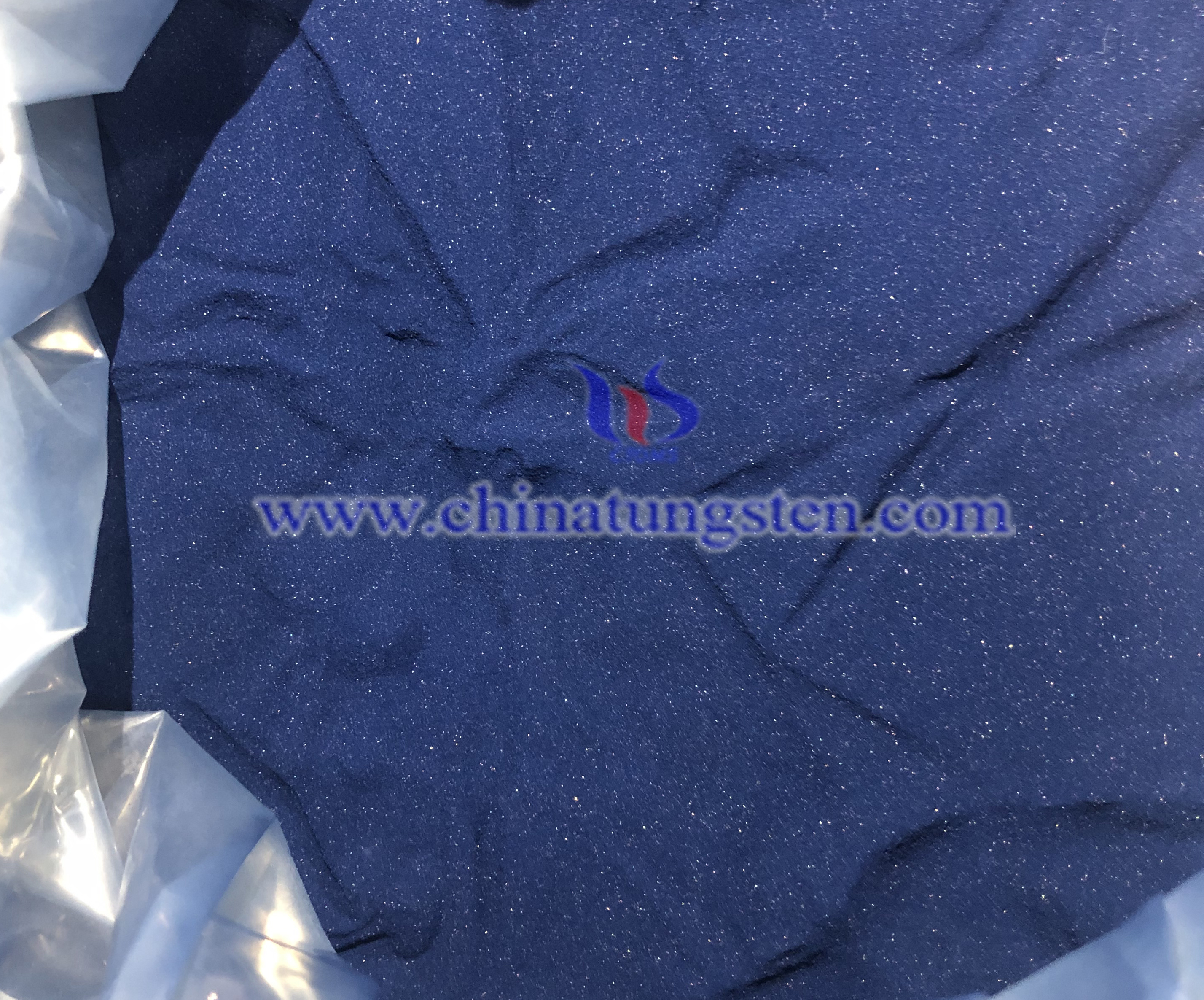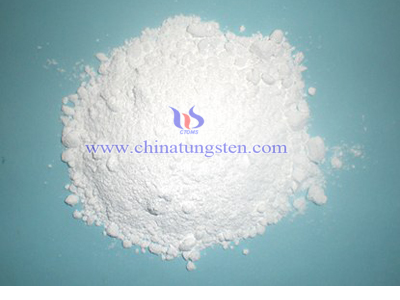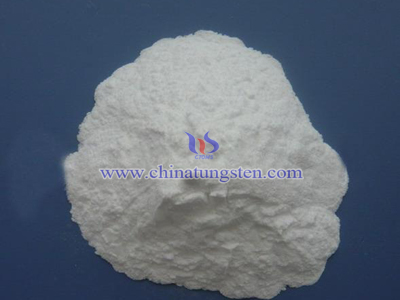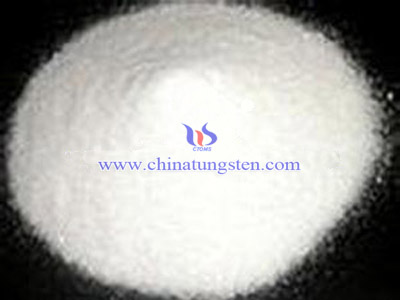Tungsten Oxide Impurity Content Detection Method
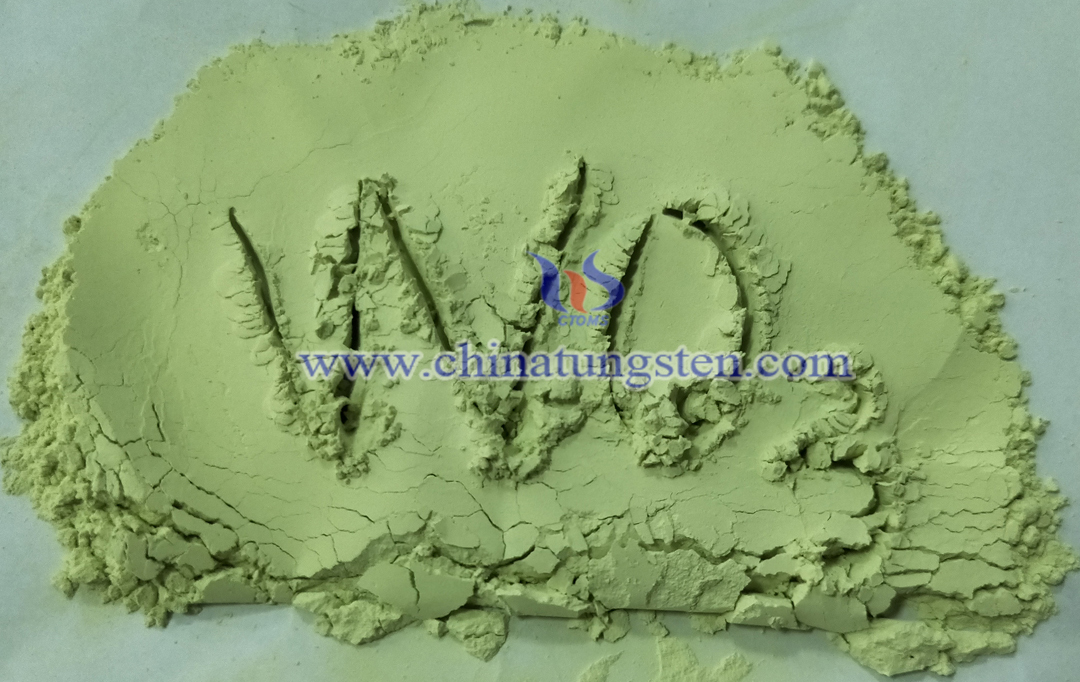
The detection method of impurity content of tungsten oxide mainly include spectrophotometry, atomic absorption spectrophotometry (ASS), inductively coupled plasma emission spectrometry (ICP-AES), inductively coupled plasma mass spectrometry (ICP-MS) and optical emission spectrometry (OES).
Spectrophotometry
Spectrophotometry is a kind of emission spectrum analysis method, and the instrument used is a plane grating spectrograph.
Detection method:
Buffer: Gallium oxide, lithium carbonate and carbon powder are used as buffers. Pour the tungsten trioxide sample into an agate bowl and grind it to a particle size similar to that of the standard sample, and mix it with the buffer at a mass ratio of 2:1. The samples are loaded by the direct pressing method and loaded into the small holes of the carbon electrode for excitation. Perform spectrum imaging and development according to the working conditions of the instrument, rinse the photosensitive plate, dry it, and measure it on a microphotometer.
The plane grating spectrograph can measure multiple elements at the same time, which can greatly reduce the production cost and reduce the labor intensity of workers.
Atomic Absorption Spectrophotometry
Atomic absorption spectrophotometry (AAS) is abbreviated as atomic absorption method. Instrument used: atomic absorption spectrophotometer.
Detection method:
Using hydrofluoric acid and nitric acid to dissolve the sample, within the concentration range recommended by the instrument, prepare at least 3 copies of the reference solution containing the element to be tested. At the same time, a blank control solution was prepared with corresponding reagents. After starting the instrument as required, measure the absorbance of the blank reference solution and the reference solution of each concentration in turn, and record the readings. Draw the standard curve with the average value of 3 absorbance readings for each concentration as the ordinate and the corresponding concentration as the abscissa. Prepare the test solution according to the regulations of each variety, so that the estimated concentration of the element to be tested is within the concentration range of the standard curve, measure the absorbance, take the average value of three readings, find the corresponding concentration from the standard curve, and calculate the element content.
Atomic absorption spectrophotometry has the advantages of high sensitivity and high precision, but its limitations are also obvious: this method can only be used for the content analysis of inorganic elements, and cannot be directly used for the content analysis and structural analysis of organic compounds; in addition, conventional atomic absorption for each element measured by spectrophotometry, the hollow cathode light source must be replaced once, and multi-element analysis cannot be performed at the same time.
Inductively Coupled Plasma Emission Spectroscopy
Inductively coupled plasma emission spectrometry (ICP-AES) is mainly used for the analysis of trace elements. The elements that can be analyzed are most metals and a small amount of non-metals such as silicon, phosphorus, and sulfur, totaling 72 kinds.
Detection method:
Place the accurately weighed sample in a 50 mL polypropylene digestion tube (the tungsten oxide is first reduced to tungsten powder in a quartz boat in hydrogen), add 2.0 mL of hydrofluoric acid, 5.0 mL of nitric acid, and use about 2 mL of water. Rinse the wall of the cup, cover the digestion tube, and digest it in an electrothermal digestion apparatus at 180°C for 15 min, and the sample is completely digested. Then add 10.00 mL of saturated boric acid solution, digest in 180 ℃ electrothermal digestion apparatus for 15 minutes, remove and cool slightly, transfer the digested sample into a 100 mL polyvinyl chloride volumetric flask, dilute with water to the mark, and shake well. Let stand for 2-3 minutes, filter the upper layer liquid with slow quantitative filter paper into a 100mL polyvinyl chloride beaker, put the filtrate on an inductively coupled plasma atomic emission spectrometer, select the instrument measurement conditions, measure the emission intensity of the test solution, and pass the emission intensity of the test solution is compared with the standard working curve, and the mass fraction of the element after blank correction is automatically calculated by the computer software.
The advantages of this method are high efficiency, capable of qualitative and quantitative analysis, simultaneous analysis of multiple elements in one sample injection, easy operation of analysis software and data processing system, and powerful functions.
Inductively Coupled Plasma Mass Spectrometry
Inductively coupled plasma mass spectrometry (ICP-MS) is an inorganic element and isotope analysis and testing technology developed in the 1980s. It combines the high temperature ionization characteristics of inductively coupled plasma with the sensitive and fast scanning of mass spectrometers with a unique interface technology. The advantages are combined to form a highly sensitive analytical technique.
Detection method: Weigh a certain amount of tungsten oxide sample and dissolve it in ammonia water, add nitric acid to dilute, and prepare a standard solution. Place the tungsten oxide solution in a plastic bottle and add the mixed standard solution. The same amount of tungsten oxide is used as a blank, and the counting intensity is measured by the standard addition method under the selected working conditions. The concentration of the analyzed element can be directly obtained by the software package.
Compared with ICP-AES, ICP-MS has the following advantages:
(1) The analysis speed is fast, and 75 elements in the periodic table can be analyzed within 5 minutes.
(2) The detection limit is low, the detection limit for most elements is less than 1ng.ml-1, which is 2~3 orders of magnitude lower than the detection limit of ICP-AES.
(3) The mass spectrum is simple and has less interference.
(4) The dynamic linear range is wide, with a dynamic range of 5 to 6 orders of magnitude for most elements.
(5) It can be used not only for elemental analysis, but also for rapid determination of isotopic composition.
Optical Emission Spectrometry
Direct reading spectrometers generally use sparks, arcs or glow discharges to excite the sample into vapor.
Detection method:
Graphite, lithium carbonate, and gallium oxide are used as buffers, and sucrose solution is used to reduce splashing. Accurately weigh the tungsten trioxide sample and buffer, and grind them uniformly in an agate mortar at a ratio of 2:1. Fill the lower electrode with the sample, press down 2mm with a pressure rod, scrape the surface, add 1 drop of 2% sucrose solution in the extruded hole, and add another drop after the solution infiltrates. Put it into an oven at 105 °C for 1 h, and then use it after cooling. Each sample is equipped with more than 3 parallel samples. Treat tungsten trioxide series standard samples in the same way.
Excite the standard series samples, excite each standard point at least 3 times, take the average value of the signal, and establish a working curve with the concentration of each element and the corresponding average signal. The correlation coefficient of each element's working curve is shown in Table 2. The coefficient R2 values are all above 0.998. Under the same conditions, the samples are measured, and each sample is measured at least 3 times.
The advantages of this method include: no need for sample preparation, direct solid analysis, and segmented acquisition of element signals with different degrees of volatilization difficulty. It has high sensitivity, fast analysis speed and high accuracy, making it the first choice for the analysis of refractory powders, high-purity metals and other materials.

